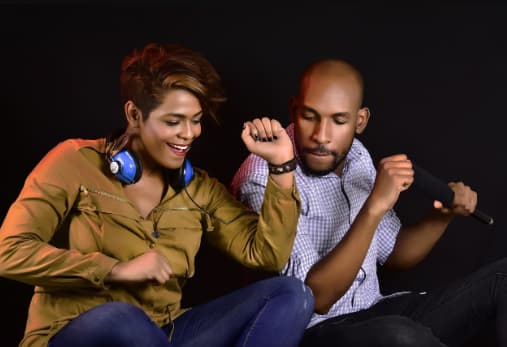Digital technologies are rapidly transforming culture. Traditions that once lived in the attics of rural homes now reside in the “cloud,” play through headphones, and rack up millions of streams on digital platforms. One of the most vivid examples is European folk music — including Portugal’s — which has journeyed from ancient melodies to a modern digital rebirth.
Traditions Going Digital
European folklore has always been closely linked to oral transmission — songs, stories, and dances were passed down through generations in rural communities. However, in the 21st century, these forms of transmission have become insufficient. Globalization, urbanization, and digitalization have displaced traditional forms of leisure, including music. To ensure folklore doesn’t disappear entirely, enthusiasts and research institutes across Europe have launched large-scale efforts to preserve it in digital form.
In Portugal, for instance, a significant contribution to the digital transformation of folklore was made by the Arquivo Sonoro da Tradição Oral project, supported by Universidade Nova de Lisboa. It has digitized hundreds of hours of field recordings, including songs from the regions of Trás-os-Montes, Alentejo, and Algarve. Today, anyone can listen to these recordings online — just a few clicks away.
It’s in this context that folklore digitalization intersects with broader trends in digital entertainment. Music, podcasts, online games, and even forms of entertainment such as casinos online have become part of one ecosystem of digital content consumption. Folk music, now available as MP3 files and Spotify playlists, is no longer on the periphery — it is at the center of this new cultural environment.
Spotify and YouTube as the New Village Squares
Modern streaming platforms have become new channels for broadcasting folklore. What once could be heard only at village celebrations is now accessible from anywhere in the world. On Spotify, thousands of tracks are tagged with “folk,” “tradicional,” or “european folklore.” Some artists create modern arrangements of traditional songs, attracting younger audiences.
On YouTube, channels are emerging where enthusiasts upload old recordings, interviews with tradition bearers, and even tutorials in folk singing. In 2023, the channel Folclore Europeu gained significant attention by publishing monthly video overviews of musical heritage from various countries — from Finnish joiks to Portuguese fado.
Interestingly, many such channels are funded not only through grants but also via Patreon or ad revenue — including from companies in the digital entertainment sector. This creates a paradoxical yet logical connection: the more people engage with folklore, the more commercially viable its digitalization becomes.
New Technologies Serving Old Songs
Folklore digitalization is not just about streaming. Artificial intelligence and machine learning are also being put to use. For example, in Ireland and Germany, researchers are using neural networks to decode and reconstruct lost songs from fragments of sheet music or oral descriptions. In Portugal, similar projects have begun developing with the participation of Faculdade de Ciências Sociais e Humanas.
Additionally, mobile applications have appeared that allow users to learn traditional dances and songs through AR (augmented reality). These projects make folklore interactive and relevant — especially for the younger generation raised on TikTok and mobile games.
Folklore in the Hands of the Audience
One of the key aspects of digitalization is the active role of the listener. Users no longer simply consume content — they create it. TikTok is filled with videos of dances set to folk melodies, and Instagram now offers filters featuring traditional clothing elements. Folklore has stopped being a museum piece and has become a living space for creativity.
Interestingly, this leads to a kind of “gamified” approach: users compete over who can sing or dance better. Here, again, we see an indirect link to casinos online, where elements of randomness, excitement, and engagement are central to the user experience. In both cases, it’s about digital participation — about being part of the process, whether it’s culture or entertainment.
Outlook: Preservation and Reinterpretation
Today, folk music is not only experiencing a revival but also a radical rethinking. Musicians are incorporating folk motifs into genres like hip-hop, electronic music, and rock. Even in Portugal, there are groups combining fado with techno beats or using audio fragments from traditional music archives in their tracks.
At the same time, educational initiatives are developing: schools, libraries, and cultural centers are integrating digital folklore resources into learning. This is important not just for preserving traditions but also for forming a new European cultural identity in which the old and the new coexist harmoniously.
Conclusion
The digitalization of European folklore is not just a technical process — it is a cultural revolution. What once lived in villages is now accessible via Spotify, YouTube, and mobile apps. Alongside other digital leisure formats — from music to casinos online — folklore has become part of contemporary digital culture, where past and present meet with a single click. And the more people turn their attention to these traditions, the longer they will live — in headphones, in hearts, and in the future of Europe.



